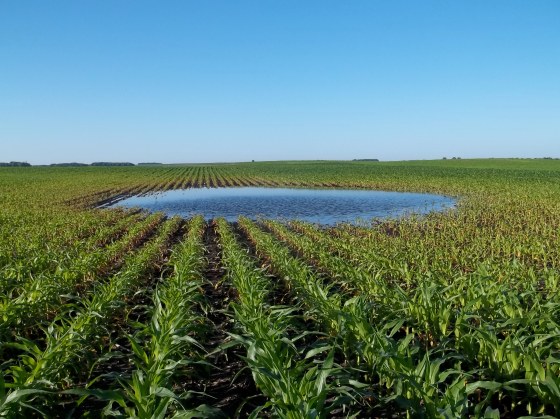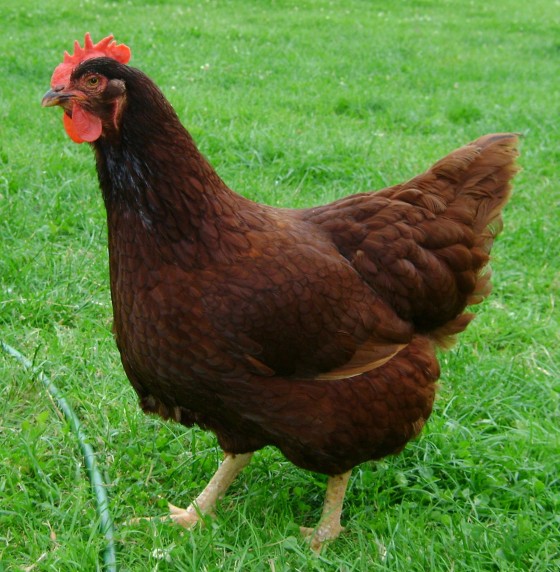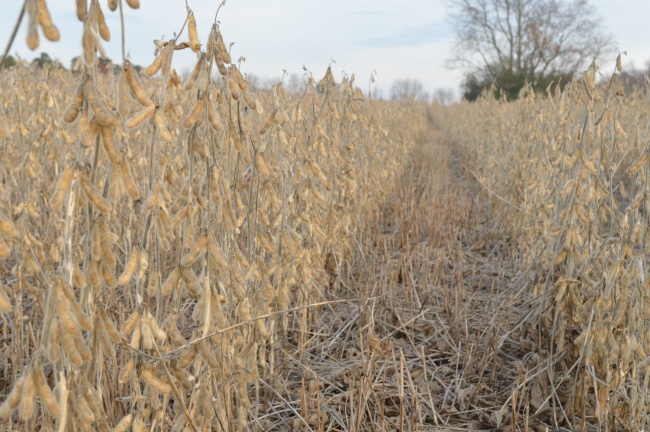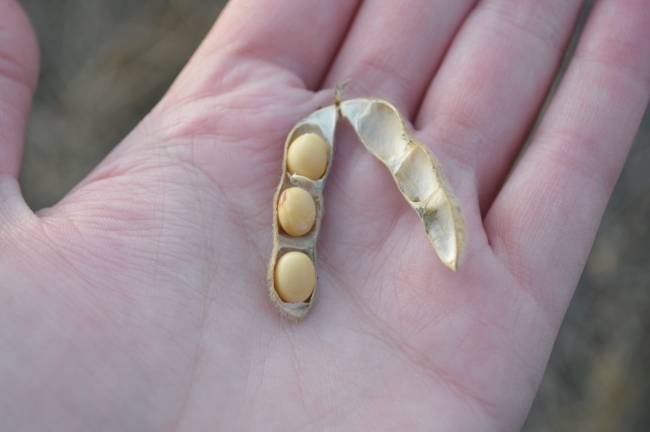We live in a label-happy society. When you are in the grocery store especially there are so many labels: natural, hormone free, gluten free, GMO free, No MSG etc. It is really difficult to know sometimes what these labels mean. Unfortunately many times companies use labels to try to give their product a competitive advantage over their competitor.
In the next few weeks I am going to do a series on food labels and what they mean. This morning The Skimm, a daily email news blast included a small tidbit that that caught my attention and the attention of many others:  The statement is correct in that GMO stands for Genetically Modified Organism, but there are no strawberries sold that are GMOs.
The statement is correct in that GMO stands for Genetically Modified Organism, but there are no strawberries sold that are GMOs.
There is some about what GMOs are, how we produce them, how they stand up nutritionally etc.but, do you know a GMO if you see one? There are actually only eight genetically enhanced crops here in the United States, they are: corn (field and sweet), soybeans, cotton, canola, alfalfa, sugar beets, papaya, and summer squash.

Photo Credit: GMOanswers.com
Strawberries is not a crop where you can find genetically modified varieties. Valentines Day is next week and strawberries are quite popular for this holiday, especially those of the chocolate covered persuasion. If strawberries are not GMOs then how do we get them this time of the year?
I happen to be a big fan of strawberries and have a carton in my refrigerator.
 These strawberries I bought from my local Schnuck’s Grocery store.They are “big and red,” but why wouldn’t they be? Here in the United States we are pretty fortunate to have access to pretty much any fruit and vegetable we would want at any time of the year. You may have to pay a premium to buy certain fruits and vegetables during their off season, but that option is there for you if you choose to buy them.
These strawberries I bought from my local Schnuck’s Grocery store.They are “big and red,” but why wouldn’t they be? Here in the United States we are pretty fortunate to have access to pretty much any fruit and vegetable we would want at any time of the year. You may have to pay a premium to buy certain fruits and vegetables during their off season, but that option is there for you if you choose to buy them.
Just because these strawberries look and taste good does not mean they are a GMO. There are a couple ofthe y reasons as to why we have such good looking fruits and vegetables throughout the year.
First of all these strawberries were not grown in Missouri. Strawberries could not grow and flourish in a Missouri winter (or really a winter at all) so we know they are not from a local farm. However, there are certain areas of the country where strawberries can be grown year round like California and Florida.
Because we have the infastructure to get the berries sent from one part of the country to another, we can enjoy these berries all year, it is not unnatural, it is logistics.
Produce Pete explains how you can get strawberries throughout the year from different areas of the country.
Wild Strawberries: early June, where available
Local Strawberries: in most areas, mid-June and early July
California Strawberries: January through November, with peak in March through May
Florida Strawberries: December through May, with peak in March and April
Imports: from New Zealand and Chile, November through April; from Mexico and Guatemala, early spring
When I looked, I noticed my strawberries were from Mexico. Good thing we are able to ship fruits and vegetables around otherwise in the winter time we would miss out on our favorite fruits and vegetables. Just because you see a good looking item of produce in the winter does not make it unnatural.

This is not how GMOs are made. Interested in knowing how we get GMOs? Check out this YouTube video.
When looking at fruits and vegetables in the grocery store, you may see signs stating “Non-GMO” or see a photo of a syringe in a tomato, apple etc. ask yourself is this one of the eight?
1. Corn
2. Soybeans
3. Cotton
4. Alfalfa
5. Sugar Beets
6. Canola
7. Papaya
8. Summer Squash
If not, you are more than likely paying for a label, literally, a label. Don’t pay extra for a GMO free label on a product.
Let’s take a quiz! Can you buy a GMO…
Pepper?
Apple?
Carrot?
Onion?
Peach?
Cabbage?
Lettuce?
How did you do? The answer to all of these is NO!
Next time you’re in the grocery store, I’ll challenge you to take a look at signs and labels, see if you find a sign or label that is for a product that does not have a GMO variety. Hopefully you’ll feel more informed and will save some money as well.
Additional Thought (2/6/15 9:48AM)- Not all sweet corn you buy in the grocery store, or all squash is GMO. In the coming week’s I’ll write a follow-up explaining why some is and some isn’t.







 These strawberries I bought from my local Schnuck’s Grocery store.They are “big and red,” but why wouldn’t they be? Here in the United States we are pretty fortunate to have access to pretty much any fruit and vegetable we would want at any time of the year. You may have to pay a premium to buy certain fruits and vegetables during their off season, but that option is there for you if you choose to buy them.
These strawberries I bought from my local Schnuck’s Grocery store.They are “big and red,” but why wouldn’t they be? Here in the United States we are pretty fortunate to have access to pretty much any fruit and vegetable we would want at any time of the year. You may have to pay a premium to buy certain fruits and vegetables during their off season, but that option is there for you if you choose to buy them.


















































